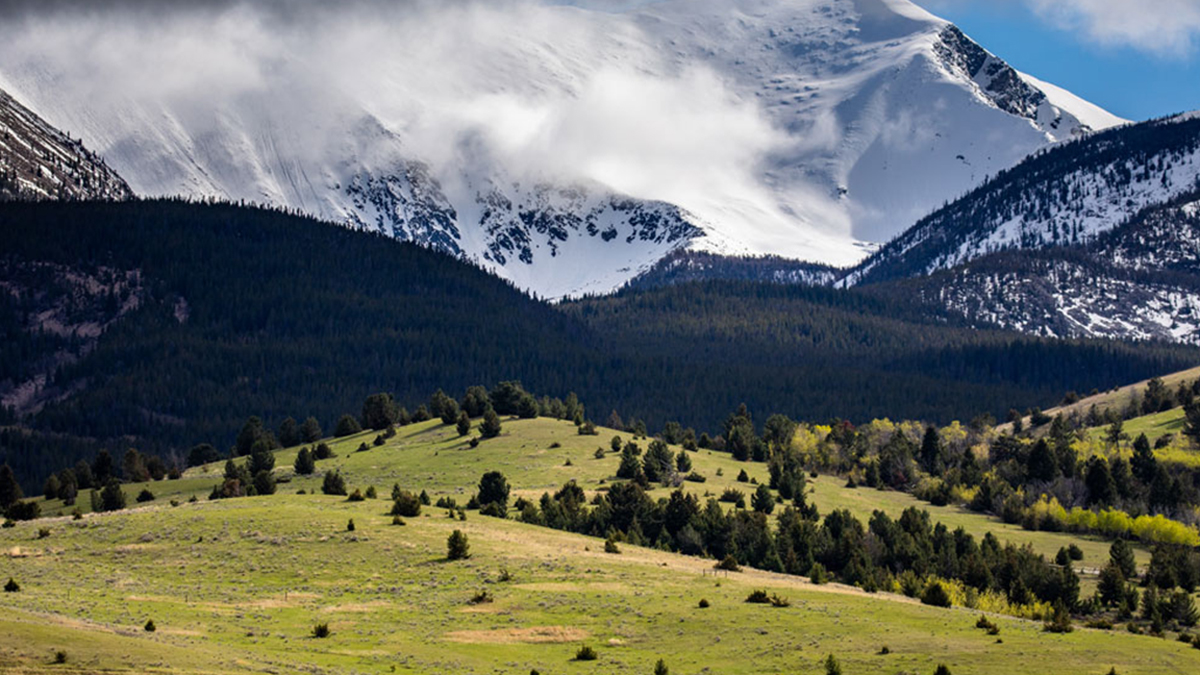Below is a news release from the Montana Department of Fish, Wildlife and Parks (FWP). The project, funded in part by the Rocky Mountain Elk Foundation, enhances habitat for elk and a range of other animal life. It took place on a wildlife management area expanded this past summer thanks to a joint effort by a landowner, FWP and RMEF.
The first phase of a conifer removal project on Mt. Haggin Wildlife Management Area was completed this fall, improving several hundred acres of habitat for many wildlife species.
Photo analyses over the past 40 years revealed significant conifer tree expansion into sagebrush shrublands, grasslands, aspen stands and riparian areas on the WMA. Left unchecked, this expansion could negatively impact the big game populations that depend on these plant communities for calving and fawning, summer weight gain, and winter survival, along with other wildlife species such as mountain grouse, songbirds and small mammals.
FWP published an environmental assessment in 2017 for an effort to treat approximately 1,500 acres on Mt. Haggin WMA containing sprawling conifer stands. In the first phase of the project, which was completed last month, crews removed small-diameter lodgepole and Douglas fir trees from 503 acres of winter range and 342 acres of summer range. Juniper and large-diameter trees were left standing to maintain adequate cover and diversity.
The treatment is expected to increase year-round forage and browse available to elk, mule deer, moose, pronghorn and ruffed grouse. It is also expected to increase the amount of habitat available to numerous sagebrush- and grassland-dependent avian and small mammal species for the coming decades.
Phase 1 of the project was funded by contributions from FWP, the Montana Department of Justice’s Natural Resource Damage Program, the Rocky Mountain Elk Foundation and the Mule Deer Foundation.
Phase 2 will include treating up to 339 additional acres of summer range habitat, beginning in July 2021.
(Photo source: Montana Fish, Wildlife and Parks)
